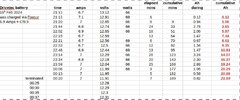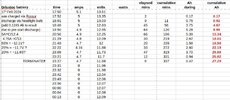- Joined
- 25 Jul 2022
- Messages
- 18,368
- Reaction score
- 1,567
- Country

They usually have a smart charge system on the car, therefore needing that type of battery.
But I still don't think resting voltage of 13.0 volts is good.
It just doesn't sound right, I've never known any battery to sit after resting at that voltage
Out of interest what car is it fitted to?
But I still don't think resting voltage of 13.0 volts is good.
It just doesn't sound right, I've never known any battery to sit after resting at that voltage
Out of interest what car is it fitted to?


